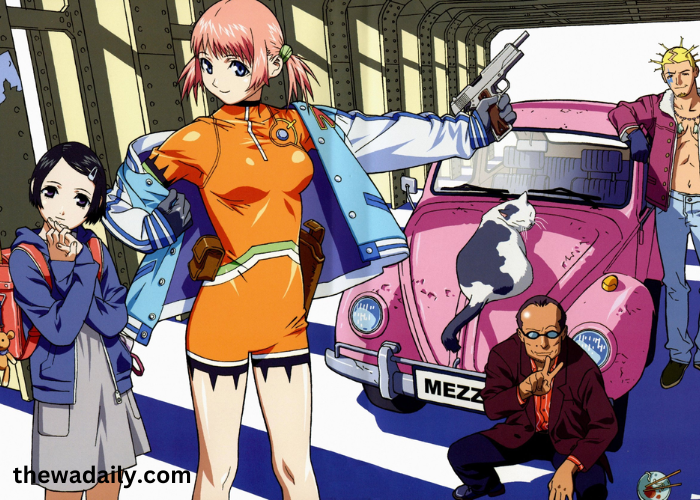Hentai, a term derived from Japanese that translates to “pervert” or “abnormal,” has evolved to specifically refer to a genre of Japanese erotic animation and manga. While it occupies a niche within the broader spectrum of anime and manga, hentai has garnered significant attention and sparked numerous debates due to its explicit content and unique cultural footprint. This article delves into the artistic elements, cultural significance, and controversies surrounding hentai, offering a comprehensive view of this provocative genre. Discover a world of captivating and alluring content on hentai3z. Explore a vast collection of enticing anime and manga-inspired art and stories. Unleash your imagination today!
The Artistic Elements of Hentai
At its core, hentai is a form of artistic expression that shares many stylistic traits with traditional anime and manga. The genre is distinguished by its detailed artwork, imaginative storytelling, and often fantastical scenarios. Artists and creators within the hentai sphere employ a variety of techniques to convey emotion, eroticism, and narrative depth. The artistry in hentai can range from highly stylized, almost cartoonish depictions to more realistic portrayals, showcasing the versatility and creativity of the artists.
One of the unique aspects of hentai is its ability to explore themes and scenarios that are often considered taboo or unconventional. This includes a wide array of subgenres, such as tentacle erotica, BDSM, and yaoi (male-male relationships), each with its own distinct visual and narrative styles. These subgenres allow for an exploration of sexual fantasies and identities in a way that is often not possible in mainstream media.
Cultural Significance of Hentai
Hentai holds a complex place within Japanese culture. On one hand, it is a commercial product aimed at a specific market, with its own conventions, publishers, and dedicated fan base. On the other hand, it acts as a cultural artifact that reflects broader societal attitudes towards sexuality, censorship, and freedom of expression.
Historically, Japan has had a more permissive attitude towards erotic art and literature compared to many Western cultures. This permissiveness is rooted in the country’s history, where erotic art forms such as shunga (erotic woodblock prints) were common in the Edo period. Modern hentai can be seen as an extension of this tradition, adapting to contemporary tastes and technologies.
Moreover, hentai serves as a safe space for exploring and expressing sexual desires. In a society that can be conservative in many aspects of daily life, hentai provides an outlet for individuals to engage with and understand their sexuality without direct social repercussions.
Controversies and Ethical Considerations
Despite its artistic and cultural significance, hentai is not without controversy. The explicit nature of the content raises ethical questions, particularly concerning the portrayal of certain acts and the potential for normalizing problematic behavior. Critics argue that some hentai subgenres, especially those depicting non-consensual acts or involving underage characters, can perpetuate harmful stereotypes and contribute to societal issues related to consent and sexual violence.
Censorship laws in Japan reflect these concerns. While hentai is legal, there are stringent regulations regarding the depiction of genitalia and pubic hair, often resulting in the use of mosaics or other forms of obscuration. These laws aim to balance the freedom of expression with the need to protect public morality.
Internationally, hentai faces varying degrees of acceptance and legal scrutiny. In some countries, certain forms of hentai are outright banned, while in others, it is seen as a legitimate, albeit niche, form of adult entertainment. The global distribution of hentai via the internet complicates enforcement of these laws and raises questions about the cultural relativity of censorship and freedom of expression.
Conclusion
Hentai, as a genre of Japanese erotic animation, is a multifaceted phenomenon that blends art, culture, and controversy. It serves as a testament to the diversity of human sexuality and the ways in which art can be used to explore and express complex desires. While it faces significant ethical and legal challenges, hentai remains an integral part of the anime and manga landscape, continuing to provoke thought and debate.
Understanding hentai requires an appreciation of its artistic merits, cultural context, and the ongoing dialogue about its place in society. By exploring these dimensions, we can gain a deeper insight into not only hentai itself but also the broader human experience of sexuality and expression.
